A tour of the Joskin factory in Belgium
 The two-storey showroom has an example of each type of machine Joskin makes and the flag of every country it exports to.
The two-storey showroom has an example of each type of machine Joskin makes and the flag of every country it exports to.
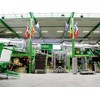
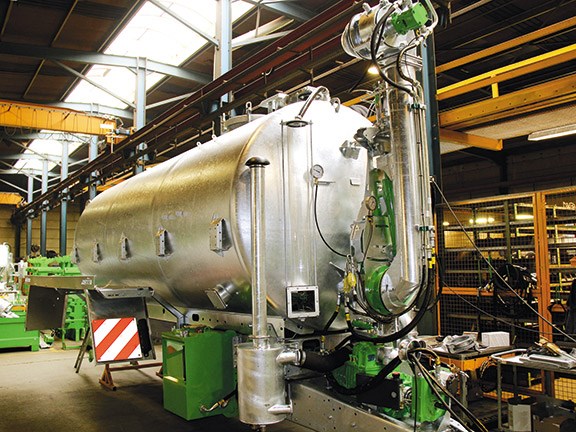 A jumbo filling arm equipped with turbo filler is assembled.
A jumbo filling arm equipped with turbo filler is assembled.

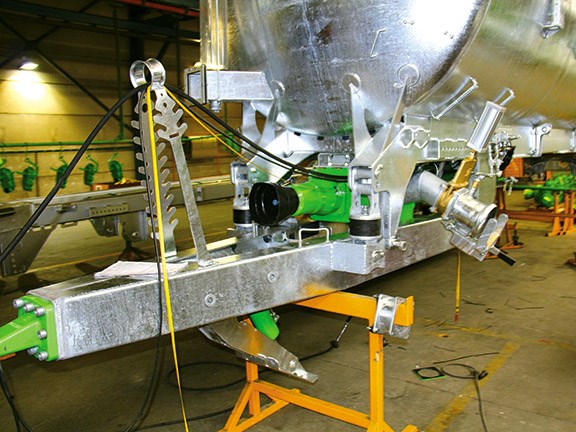 The drawbar is attached to a Modulo 2 machine.
The drawbar is attached to a Modulo 2 machine.

 A 22,500L green-with-grey chassis machine sits on the second floor of the showroom.
A 22,500L green-with-grey chassis machine sits on the second floor of the showroom.
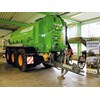
 A trans-space dump trailer makes a big impression in the showroom.
A trans-space dump trailer makes a big impression in the showroom.
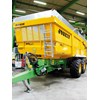


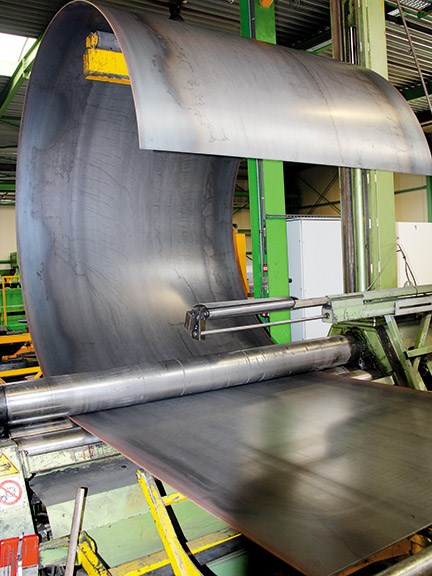

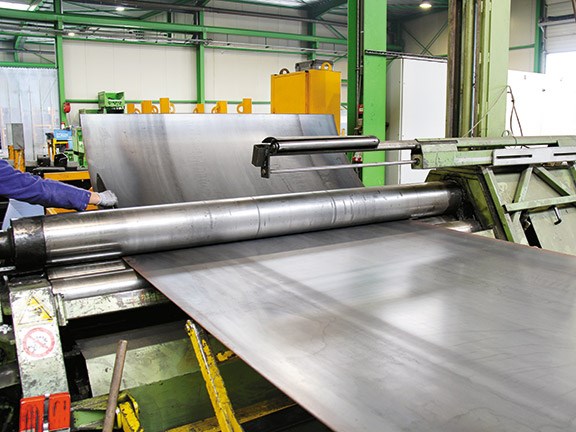 Tank rolling in progress.
Tank rolling in progress.

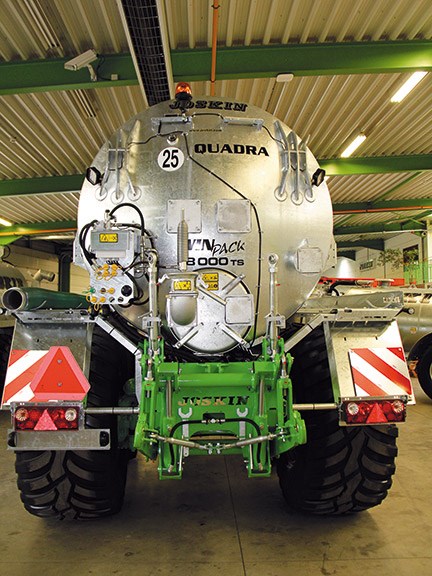

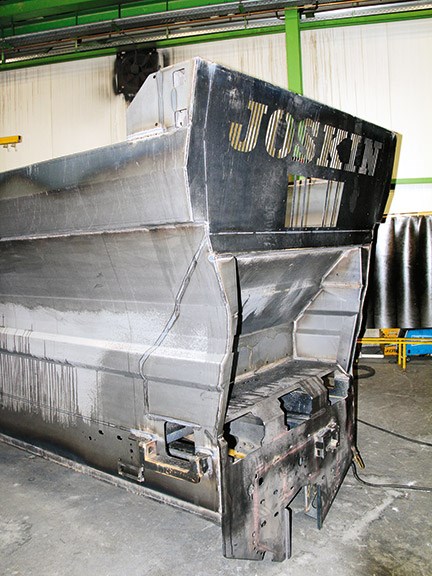

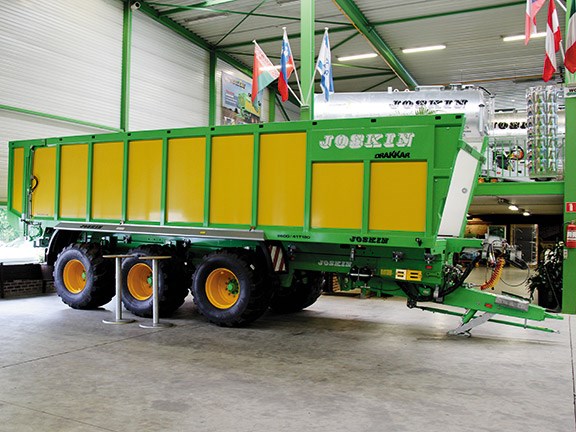


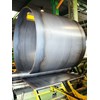
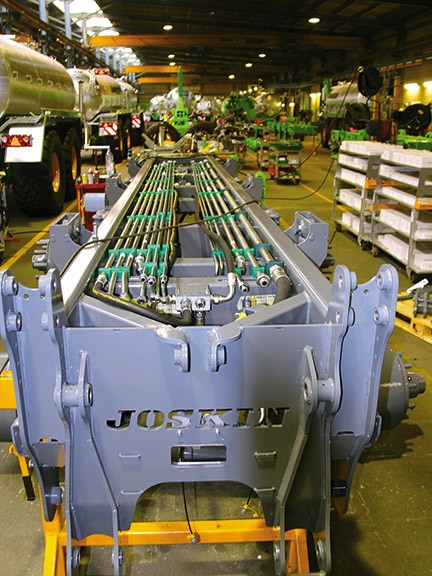

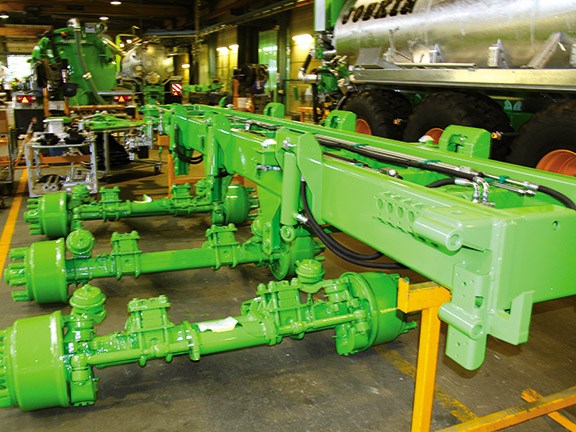


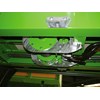
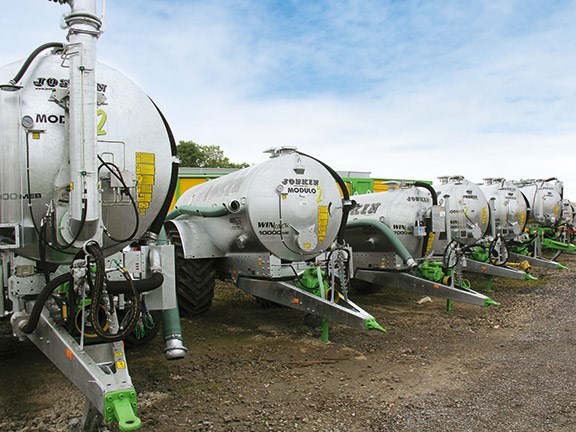

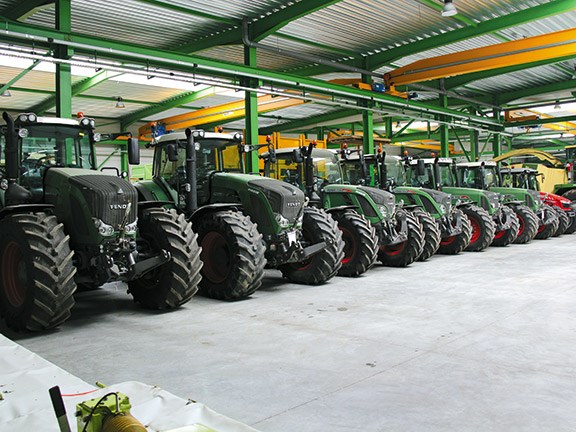

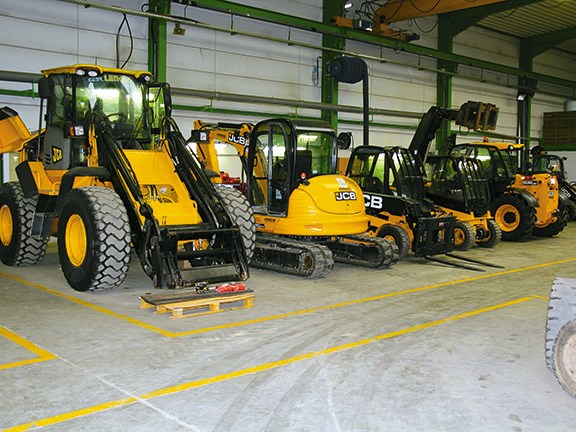




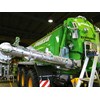
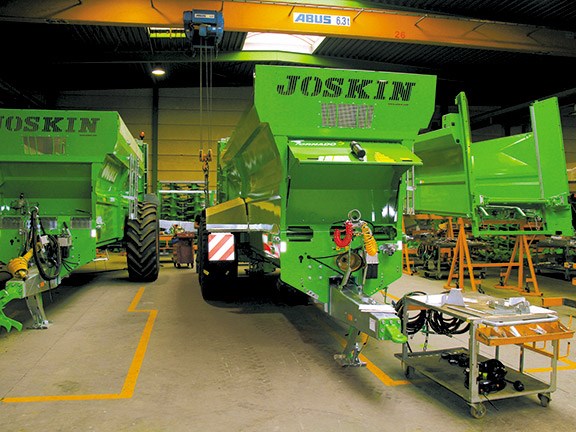


|
|
The two-storey showroom has an example of each type of machine Joskin makes and the flag of every country it exports to.
|

|
|
A jumbo filling arm equipped with turbo filler is assembled.
|

|
|
The drawbar is attached to a Modulo 2 machine.
|

|
|
A 22,500L green-with-grey chassis machine sits on the second floor of the showroom.
|

|
|
A trans-space dump trailer makes a big impression in the showroom.
|

|

|

|
|
Tank rolling in progress.
|

|

|

|

|

|

|

|

|

|

|

|

|

|
Jaiden Drought goes to Belgium for a behind-the-scenes look at the Joskin factory.
Joskin's company motto is 'quality without compromise' and having tested a bit of its gear, I am confident this is not just marketing spiel — and to witness this in motion at the factory was something I thoroughly enjoyed.
There are three things about the Joskin factory that were particularly impressive. Firstly, everything is made in house. This has come at a massive expense to the company, although this allows it to keep the quality all the way through the build, so it can offer such buying incentives as three-year warranties on machines.
Secondly, the parts and component storage in the facility is really impressive. The majority of the components and all of the parts are in massive computer-controlled racks, which does away with forklifts, ladders, and looking along the aisles with a hand-held computer and a confused look on your face. Just type what part you want into the computer and the computer will bring the shelf to you.
Thirdly, there is a high level of attention to detail. Every machine is checked twice before it goes out of the factory. This happens at two separate stations, and is another reason why Joskin is able to offer three-year warranties on its equipment.
History of Joskin
Victor Joskin set up a machinery dealership in 1973 and it still remains the dealership for Fendt, Massey Ferguson, JCB, and Yamaha motorbikes. After 10 years in business, Joskin started producing machinery with the first Joskin Slurry tanker in 1984, a 5500-litre model delivered to the Netherlands.
Joskin recently celebrated 40 years in business and 30 years manufacturing. The local community has supported the business over the years, helping it grow to where it is today.
In an effort to repay the community, Joskin offers local school children welding tutorials in the factory, teaching them practical skills so that one day they can work in the Joskin factory.

Joskin also imports and distributes machinery under DistriTECH, a company-owned business which includes Hardi, Quicke, Krone, Monosen, Sulki, and Strautmann.
The factory went through a large expansion, with a massive covered logistics and distribution area added for both Joskin and DistriTECH spare parts, which again is equipped with the automated rack system.
Interesting factory facts
- When Joskin has a prototype idea or machine, it goes through three stages before it is ready for mass production. This is to ensure enough time has been spent in both the factory and during field trials to find any potential weak points in the machine, or to explore any further enhancements so when it does hit the market, both Joskin and the customer are satisfied with the machine.
- All final welding is done by robotic welders on all Joskin machinery for quality assurance. The robots use 250kg rolls of welding wire and will weld a 100mm-200mm strip (depending on the complexity of the machine) on both ends one after the other. This is done so the heat doesn't warp the metal. Additional robots are used for welding some small precision parts. The robot automatically cleans its welding tip after a certain time period to stop the build-up of welding debris and compromise the welding quality. A computer models each sheet to get the maximum amount of parts from a single sheet.
- A six-hundred-and-fifty-tonne CNC brake press is used for pressing the shaped bodies, such as on the KTP tip trailer where the top and bottom move to create the shape from a single sheet, maintaining rigidity.
- Steel flattening machines are also used on critical pieces of equipment, such as macerator bodies and tail doors to ensure they are perfectly flat.
- Chassis and filling arms are manually welded. For this, Joskin uses 360-degree welding jigs that allow workers to place the machine in the optimum position for the best quality weld, increasing productivity.
Paint
All the steel is 1800kg, shot blasted with steel pallets to remove any impurities, followed by two coats of paint, and then oven-baked to ensure a quality finish.
Moving parts, such as axles, are not shot blasted due to the water and pallets being able to get stuck inside the moving components, rendering them useless, so these are two-pack painted to create a nice finish without damaging the components.
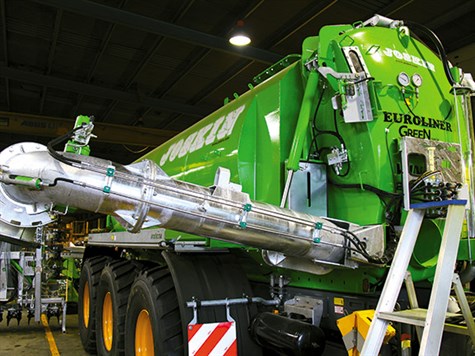
Tanker assembly line
The assembly line is split into two sides for increased productivity as components can be placed closer to the machines during the various stages of assembly.
The left-hand side of the building is the more basic tanker, called the Win Pack. These machines are either single or tandem axle, from 6000 litres to 18,000 litres, and are what Joskin calls a 'basic spec' with mudguards and pre-equipment for a jumbo filling arm.
On the right-hand side of the building are the more sophisticated tankers, which have usually been spec'd by the customer in a particular fashion. All triple-axle Euroliners, dorsal booms, articulated arms, turbo fillers (just about anything you could dream up), which require electro hydraulic valves to control the various tankers function, are assembled on this side of the building.
The verdict
It really is almost impossible to describe the size of some of these buildings and how impressive both the build quality of the machines and the intelligence of the automated parts system really is.
I have tried to give examples of advancement in the slurry technology that's helping keep Joskin one step ahead of its competitors, and honestly, there isn't much the company hasn't thought of – and the size is simply awe-inspiring.
I'll let the pictures tell a thousand words and you can draw your own conclusions.
For the latest reviews of farm machinery, subscribe to Farm Trader magazine here.
Keep up to date in the industry by signing up to Farm Trader's free newsletter or liking us on Facebook





.jpg)
.jpg)
.jpg)

